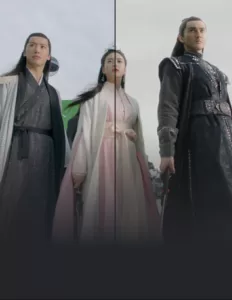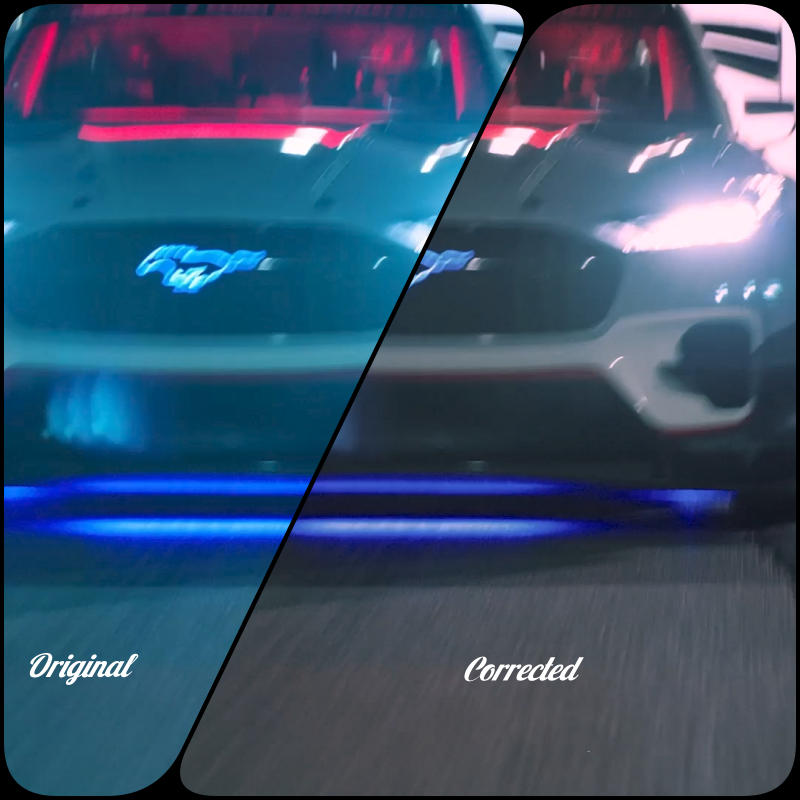Color Correction & Grading

Color correction is the process of adjusting and enhancing the colors of an image or video to achieve a desired aesthetic or to correct any color issues. It is commonly used in various industries such as photography, videography, graphic design, and film production.
The primary goal of color correction is to achieve accurate and consistent colors throughout an image or video. It involves manipulating the colors, tones, and contrast to create a visually appealing and balanced final result. Color correction can be used to fix common issues like color casts (unwanted color tints), incorrect white balance, poor exposure, or inconsistent color grading.
Color correction is commonly used in post-production workflows to ensure that images and videos accurately represent the intended visual experience. It is particularly important in professional photography and filmmaking, where color accuracy and consistency play a significant role in conveying the desired mood, atmosphere, or narrative.
Color grading is a creative process that involves making choices about the exposure, color temperature, and saturation to support the emotion of the sequence and provide continuity of style and feel. It allows the video editor to control the image and convey more than just the content contained in the video.
By using color grading, the editor can enhance the mood, differentiate locations, and even rescue problematic footage by masking technical issues and creating a crafted appearance that helps sell the story.
In the post-production workflow, color grading typically happens after color correction, which involves matching the exposure, color temperature, and saturation of clips for uniformity.

An Overview of Color Correction and Grading
- Overall, color correction is a powerful technique that allows creators to refine and enhance the colors in their visual content, making it more visually appealing and impactful.
- Color grading can have a profound impact on the audience, even with subtle adjustments.
- It is part of the overall post-production process, which includes tasks such as video editing, sound editing, adding visual effects, and more.






















































